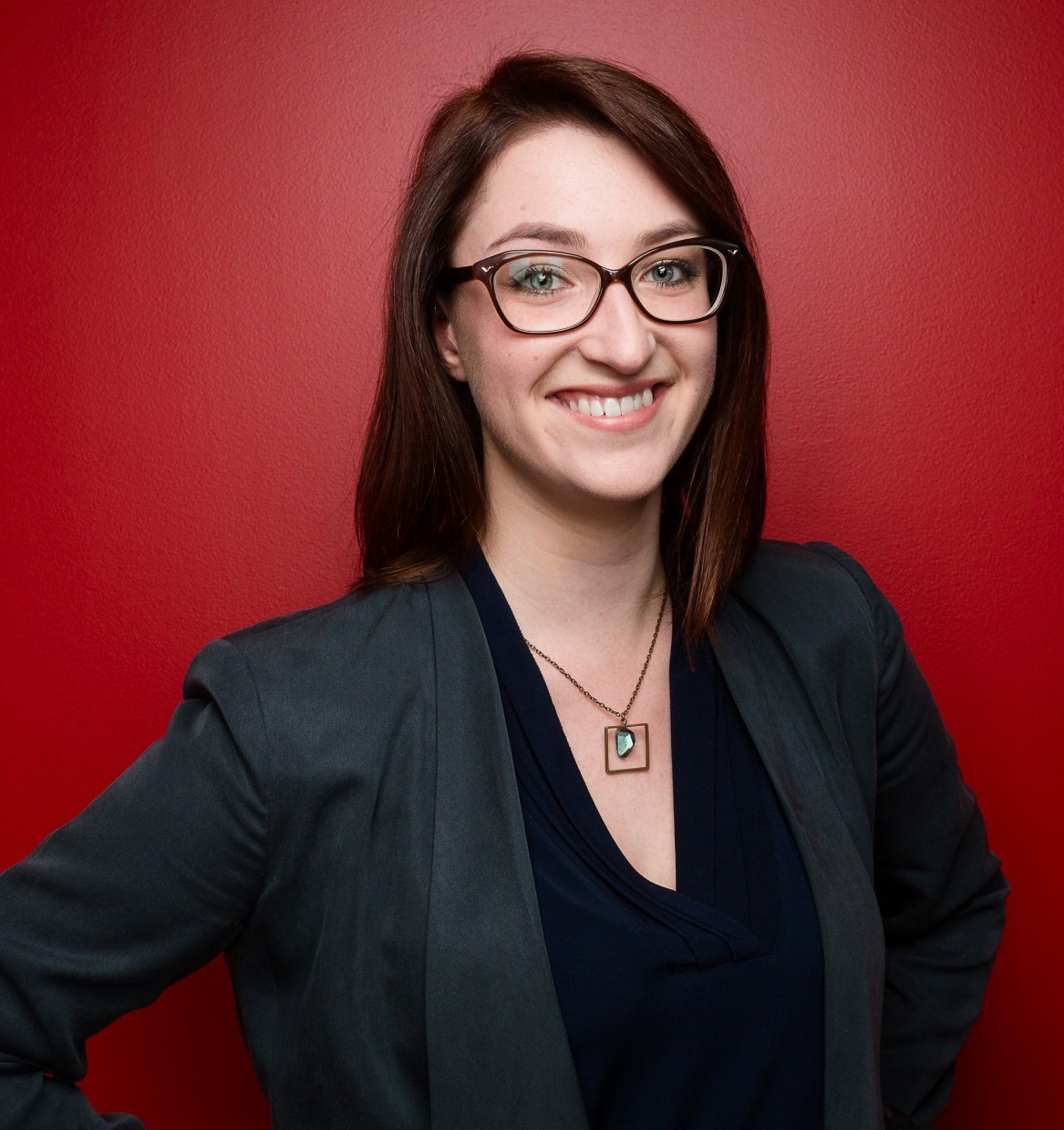- Home
- About Us
- The Team / Contact Us
- Books and Resources
- Privacy Policy
- Nonprofit Employer of Choice Award

 It’s no secret that timing can be key to email opens. People split test and optimize the time of day and day of the week. They plan based on content – surveys perform best on Friday afternoons, event reminders should go 24 hours before the event, and many commuters check their email on the go around 7:30 AM.
It’s no secret that timing can be key to email opens. People split test and optimize the time of day and day of the week. They plan based on content – surveys perform best on Friday afternoons, event reminders should go 24 hours before the event, and many commuters check their email on the go around 7:30 AM.
But there’s more to timing than just dates and times. A big part of why some emails perform much better than others is that they weren’t just timed by themselves, but instead within the greater context of a communications strategy.
It’s about knowing where your emails fit in the big picture of your donors’ attention – and then acting accordingly. It’s about being responsive and nimble, so you aren’t just operating in an organizational bubble, but instead as a real player in the real world!
Here are 3 questions you can ask yourself to see if your scheduled time is actually the right time to send that email:
1) Why is now the right time to send this email? This is a great place to start, particularly if you’re working from a communications strategy that you’ve planned months in advance. Those creative plans are key, but they need to be re-visited and course-corrected often to keep your communications in the now.
What makes this time, the right time to send this particular message to your donors? Is there time-sensitive or seasonal content? Is there a deadline involved? Why do donors need to know about this? If there’s nothing to move your donors to action (and that action doesn’t necessarily have to be ‘give’), it’s worth putting some more energy into honing your offer or ask, or even moving the message out to a more appropriate time.
The right message at the right time is what makes you relevant – otherwise, your email will get shelved into a ‘do this later’ tab in the donor inbox, and never seen again.
2) What else is going on? Consider holidays and slower seasons when you’re deciding when to send an email. Sure, you’ve tested and found that sending on Mondays generates the greatest engagement from your audience – but that’s probably not the case when Monday is a holiday and most folks aren’t checking email!
Now, your email is stashed at the bottom of what’s probably a pretty full inbox. It’s going to get deleted. That’s why keeping those changes in mind when scheduling an email is key.
Sometimes you can even capitalize on these special days. If a prominent awareness day dovetails naturally with your work (events like Earth Hour or International Women’s Day spring to mind), take the opportunity! Build around this short-term event, when donors are already primed for the messaging.
You also want to consider major media stories. They affect public consciousness and might help or hinder your email, depending on what your message is. Consider how your email makes sense as part of a larger discussion – not just on its own.
3) When did we last get in touch? Depending on the organization, this can be shockingly hard to pin down. And while I don’t believe the urban legend of “too much email” (the average donor received 69 emails per charity last year!), it is possible to mix messages in ways that annoy or even offend donors.
Imagine if you’d just recently made a gift. But the same day as you received the thank-you email, you also received another ask, a call to upgrade to monthly, and an email inviting you to buy lottery tickets.
That’s an exaggerated example, but similar things happen. When they do, it’s clear to the donor that you haven’t been mindful of their journey, or respectful of their time. Consider if this is the right moment in the relationship to send this message to your supporters. Maybe you want to segment some folks out and give them a slightly different message that’s more careful about where they’re at with you.
The bottom line… Timing emails is a science, but it’s also a little bit of an art. Before you click send, take a step back to make sure you’ve done more than just optimize the date and time. I hope these tips help you to send the perfect email at the perfect time!
Charlotte Field is a Philanthropic Counsel and Digital Specialist at Good Works, a national consulting firm that specializes in helping charities build highly loyal donor constituencies. She’s passionate about helping charities embrace digital to connect with donors online. Tweet her at @cfield_ or email her at charlotte@goodworksco.ca.